The Moving average crossover is one of the leading moving average strategies. There are two types of moving average crossover strategies, which are Exponential moving average crossover and simple moving average crossover.
In the Moving average crossover strategy, you need to take atleast two moving average periods to plot over the chart. Let us take the most commonly used periods, one is a 9-period moving average and the other one is a 21-period moving average.
It is recommended to use Exponential moving averages as they react to price quickly. Once the Moving average of periods 9 and 21 are plotted on the graph.
Related Post: What is Moving Average Indicator and how to use it?
Table of Contents
Moving Average Crossover – Buy Signal
If the 9-period exponential moving average crossovers the 21-period moving average then it is considered as a buy signal. You can set the stop loss below the swing low as there is a low possibility to get hit compared to placing the stop loss placing below the crossover these moving averages.
Profit Target:
There are different ways to set profit targets, some use fixed targets (for example setting their profit target 2 times more than the risk). On the other hand, some will take profit and exit the trade when another moving average crossover is generated.
This strategy can generate a great risk to reward ratio but the market doesn’t make big moves every time. Both methods have their own advantages and disadvantages.
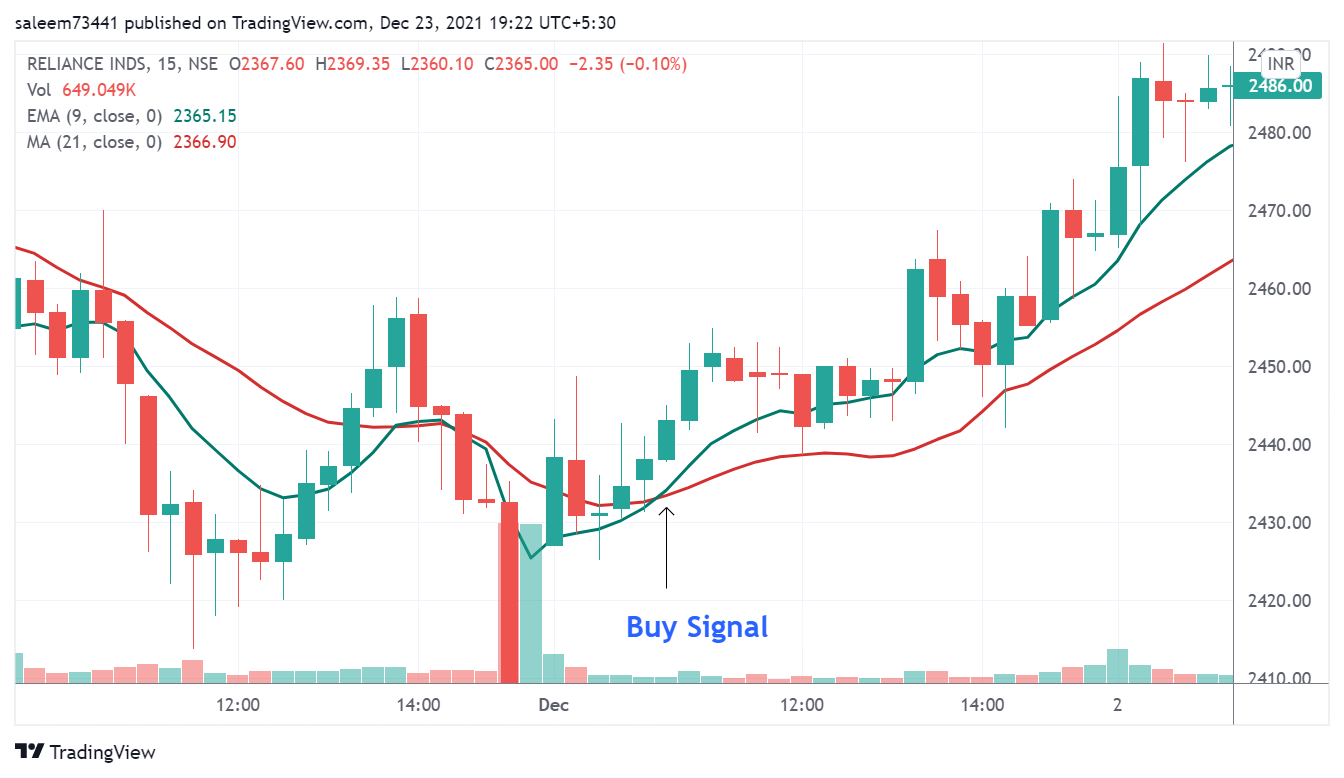
Moving Average Crossover – Sell Signal
When the 21-period moving average crosses the 9-period moving average then it is considered as the sell signal. You can set the stop loss above the swing high as there is a low possibility to get hit compared to placing the stop loss placing above the crossover of these moving averages.
Profit Target:
There are different ways to set profit targets, some use fixed targets (for example setting their profit target 2 times more than the risk). On the other hand, some will take profit and exit the trade when another moving average crossover is generated.
This strategy can generate a great risk to reward ratio but the market doesn’t make big moves every time. Both methods have their own advantages and disadvantages.
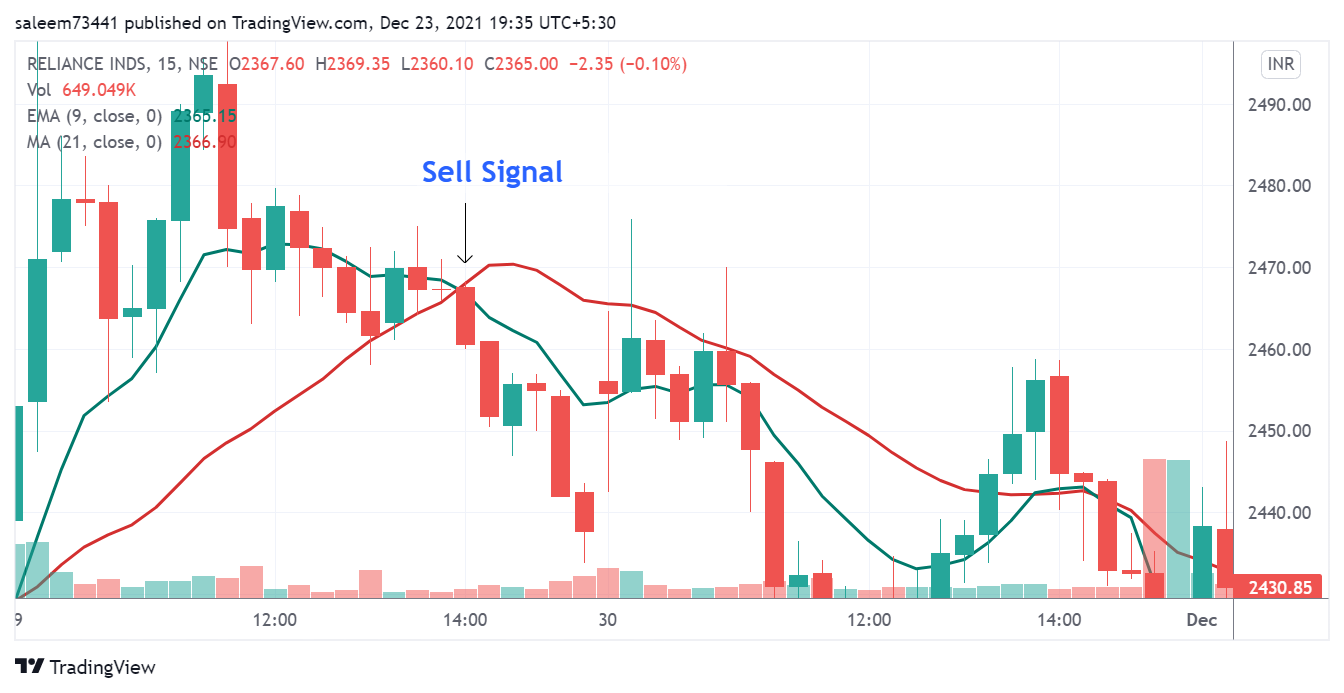
What is a 50 period moving average?
The 50 period moving average is one of the most common sma in stock trading. The 50 period moving average is much smoother than the 5 periods moving average and this will naturally result in fewer trading signals and increased significance on breaches of the average.
6 Essential tips on how to use 50 periods MA
These 6 rules are crucial for understanding the characteristics of the 50 period SMA indicator.
- Asset price above the 50 periods moving average is usually considered bullish.
- Asset price below the 50 periods moving average is usually considered bearish.
- If the price meets the 50 period SMA as support and bounces upwards then it is considered as a long entry.
- Asset price meets the 50 period SMA as resistance and bounces downwards, then it is considered as a short entry.
- If the price breaks the 50 period SMA downwards, you should switch your opinion to bearish.
- If the price breaks the 50 period SMA upwards, you should switch your opinion to bullish.
Trade Entry
To enter a 50-period moving average trade, you should wait for a breakout. Whenever the price breaks the 50 period SMA, you should open the trade in the direction of the breakout. In most cases, the price action continues in the direction of the breakout.
Stoploss
Every 50-period moving average should be protected with a stop-loss order. If the price breaks 50 SMA downwards, You can set the stop loss below the swing low as there is a low possibility to get hit.
If the price breaks 50 SMA upwards, You can set the stop loss above the swing high as there is a low possibility to get hit compared to placing the stop loss placing above the breakout.
Profit Target
One of the simplest ways to establish a profit target is to use a fixed reward to risk ratio based on your entry point it will require your stop loss level. This stop loss will determine, how much you are risking on the trade. The profit target is set multiple times.
Mistakes to Avoid
- To increase the chances of winning, take trades that are near the support and resistance.
- Don’t take a trade if the entry signal candle is far away from the crossover.





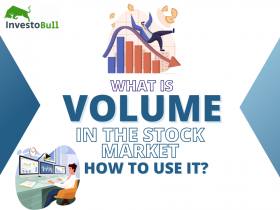
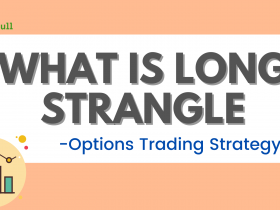
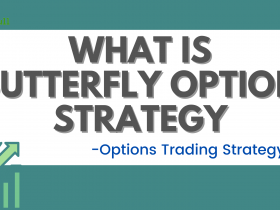


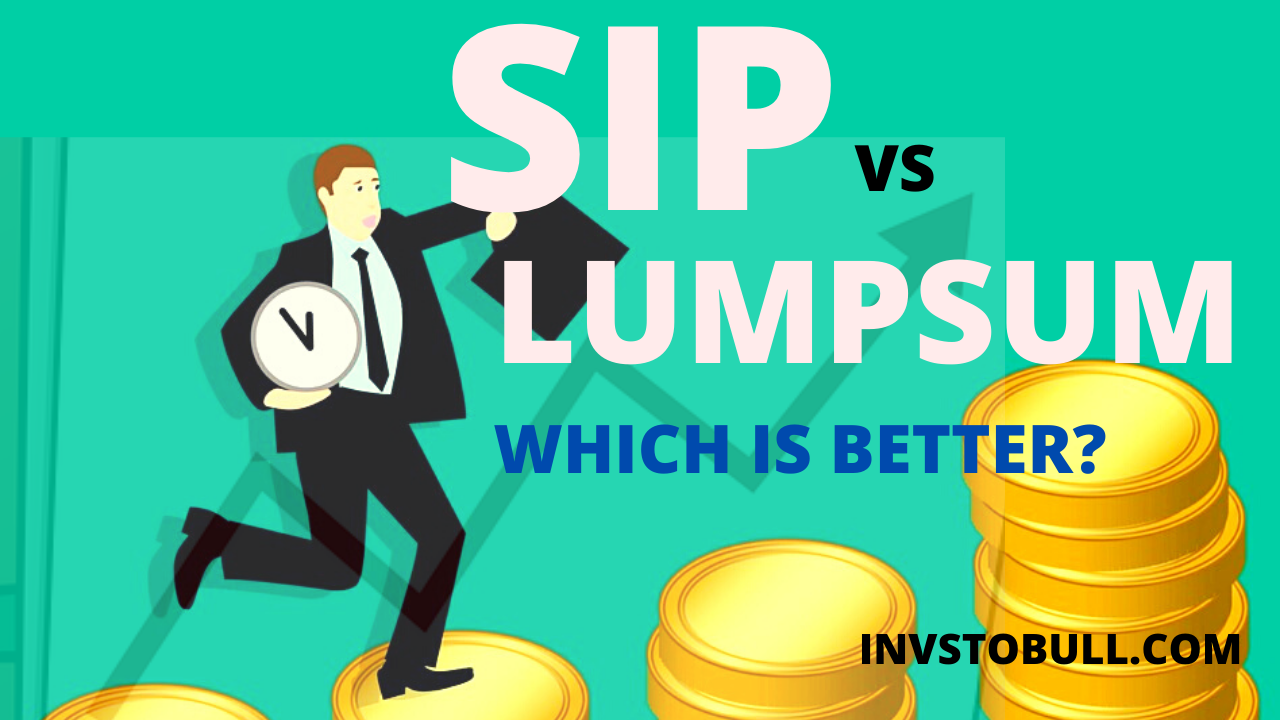
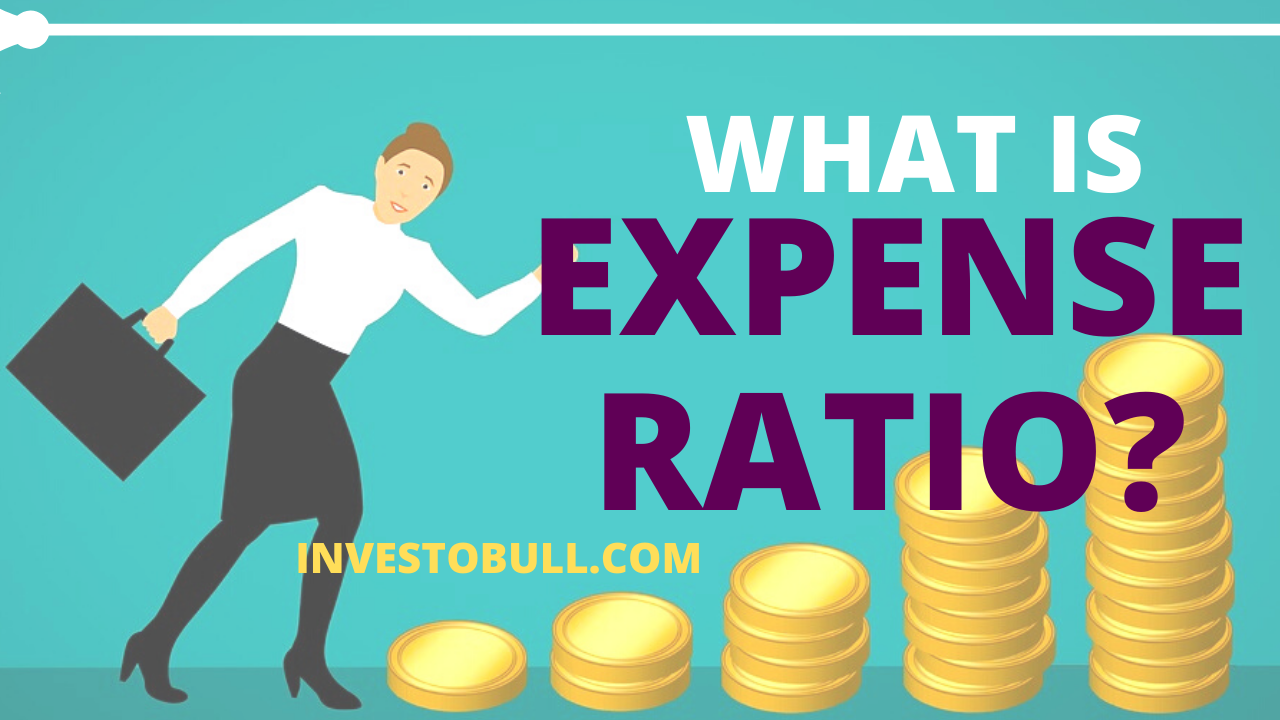

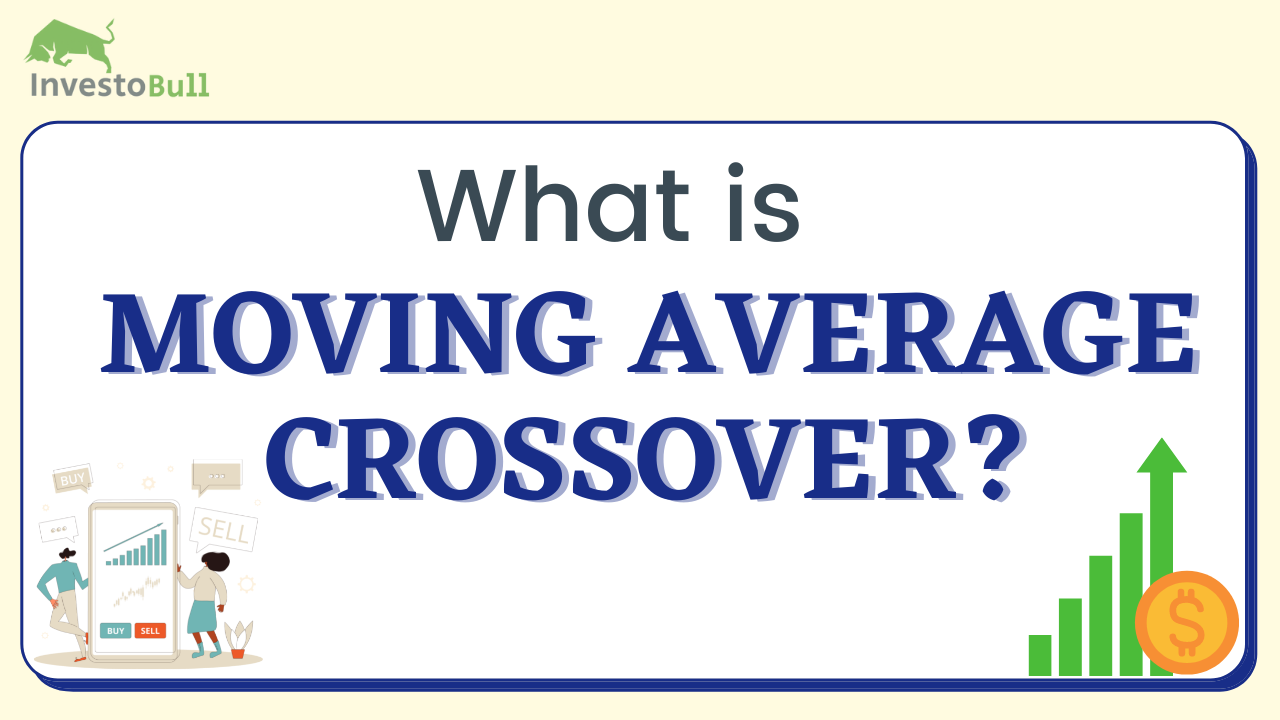
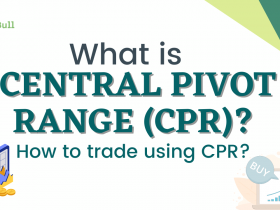

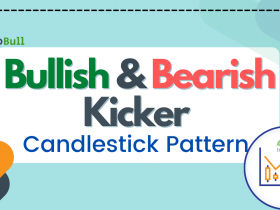
Leave a Reply